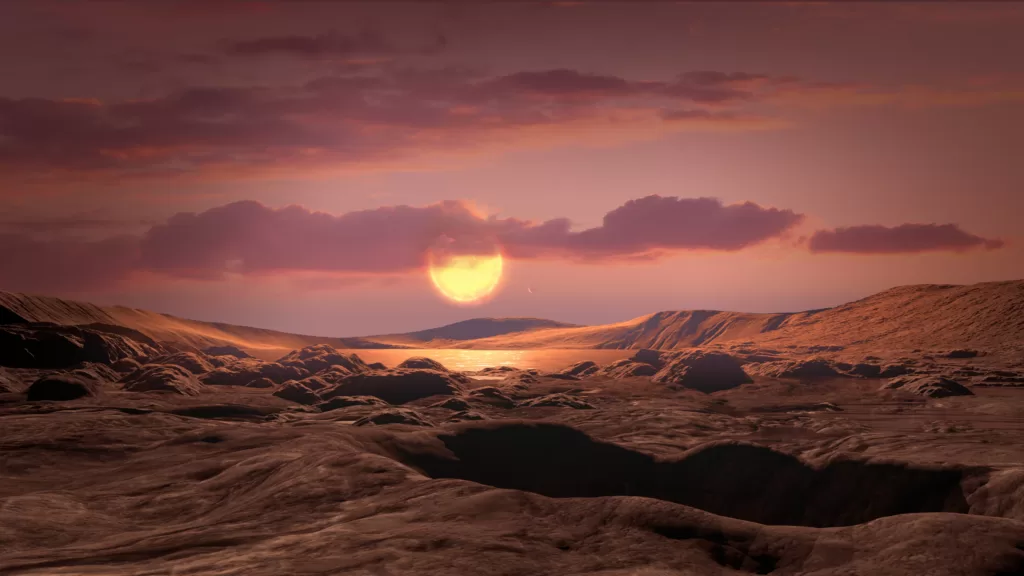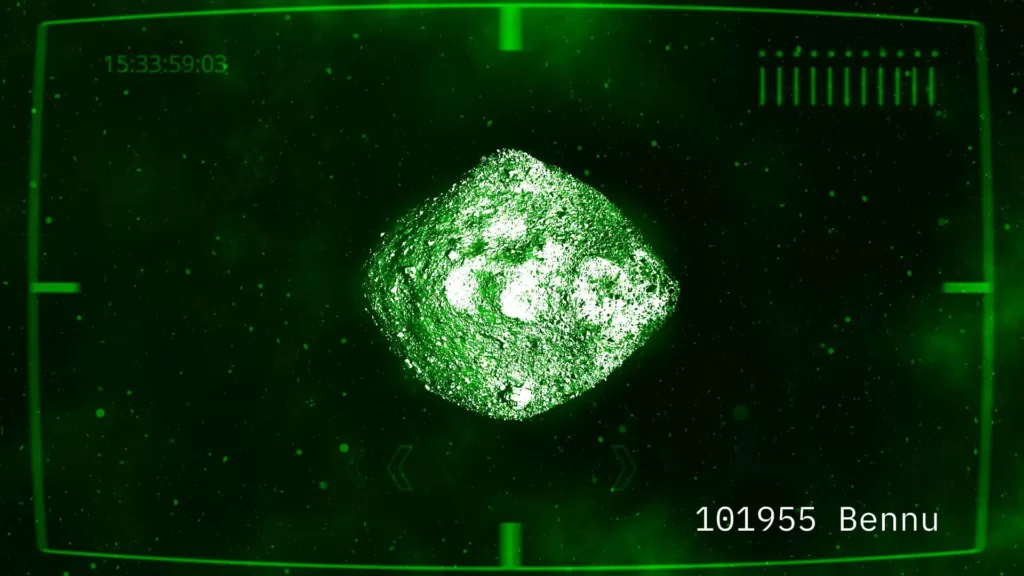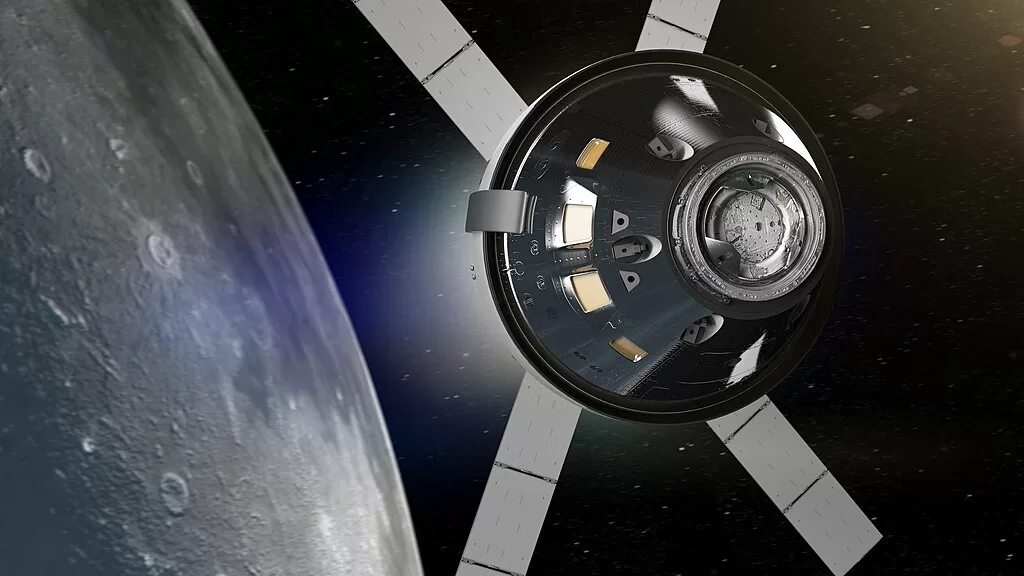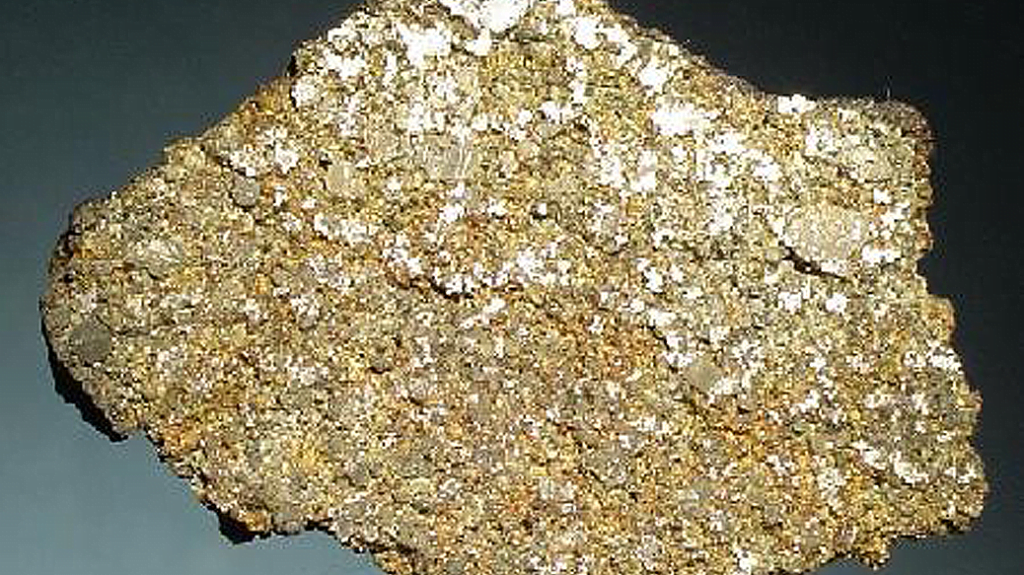Private companies and governments are reaching for the stars in an effort to ease Earth-bound shortages.
 With space transport becoming cheaper by the day, off-Earth mining is now a feasible option. : Image by NASA available at https://tinyurl.com/k2uvhc8p NASA
With space transport becoming cheaper by the day, off-Earth mining is now a feasible option. : Image by NASA available at https://tinyurl.com/k2uvhc8p NASA
Private companies and governments are reaching for the stars in an effort to ease Earth-bound shortages.
In August, India made history by conducting the first soft landing near the south pole of the Moon. This low-cost mission — its budget was well under USD$100 million — heralds a new era of space exploration and deep space commerce.
Among other objectives, the mission confirmed the presence of water in lunar regolith, the local dirt. The findings, building on recent scientific discoveries, underscore an emerging paradigm.
A global resource rush is starting to find and extract the first accessible natural resource in outer space: lunar water.
This resource rush, enabled by space-sector innovations, has led to many new players in the space energy sector, with solar power a leading option for development. Emerging economies like India and the United Arab Emirates are joining existing space powers and dozens of private commercial firms in this race.
The United States and China are developing competing international collaborations to access these resources: the Artemis Accords and International Lunar Research Station respectively. Access to and development of space resources can bring significant economic benefits to Earth.
Space resources are now feasible because technological innovation has made lunar missions cheaper, from single digit billions to double digit millions, with promises for further cost reduction.
Falling launch costs, particularly due to reusable rocketry and commercial innovation, are one of the two economic factors accelerating the commercialisation of space and the lunar resource rush.
The other is the decreasing costs of spacecraft design, enabled by the digital revolution.
Two American companies, SpaceX and Blue Origin, are developing super heavy lift launch vehicles that can put 75-100 tonnes into low-Earth orbit. Many other reusable vehicles are in the pipeline globally.
There are two primary space resource types — lunar volatiles, which include water, and regolith — to provide local and export materials.
Water is cheap on Earth but costs USD$10,000 or more for each kilogram delivered to space. Water is the oil of outer space, making the Moon the Saudi Arabia of the solar system. Although dry by Earth standards, the lunar south pole contains significant water deposits.
The Moon has lower gravity, so it is easier to extract and transport this water to orbital locations than send it from Earth. Water’s two components, hydrogen and oxygen, can be split to produce rocket fuel.
Existing satellites contribute hundreds of billions in telecommunications and other services for global economies. But they are not refuelled. This limits their life and number of useful missions.
Spacecraft fuel produced from lunar water can supercharge the orbital economy, support defence activities in Earth orbit, and even lay the foundation for human exploration of the Moon and Mars.
Beyond water, the regolith on the Moon, Mars and asteroids contains useful materials to build habitats, bases and mines on planetary surfaces. They can provide food, water, air and other goods for future astronauts.
NASA’s recent MOXIE experiment on the Perseverance rover produced oxygen from Mars’ carbon dioxide atmosphere, the first demonstration of space resources production.
Mass is a primary economic barrier to expanded space activities. By allowing future explorers to ‘live off the land’, space resources could provide mass multipliers that enable lunar and Martian settlement.
Regolith can also produce useful metals and other goods to return to Earth. The clean-energy transition on Earth is metal-hungry for bulk metals like nickel and cobalt and more exotic metals like rare earths.
Prices are soaring while new mines bring environmental and social consequences. Exotic sources like deep sea mining or asteroid mining are being considered.
Some asteroids, and even parts of the Moon, contain especially high concentrations of the elements that could support terrestrial economies.
Recent missions such as by Japan’s Hayabusa spacecraft, brought back asteroid materials to Earth but only in small amounts. NASA’s OSIRIS-REx spacecraft is expected to bring more than a hundred grams of samples from the asteroid Bennu.
Advanced technologies in the 2030s and 2040s could increase payloads to kilograms or even tonnes, potentially justifying high costs of extraction.
There are three primary elements that shape the environmental sustainability of space mining. These consequences must be better understood to ensure space mining benefits rather than harms the global environment.
First, launching hundreds or even thousands of rockets to kickstart a space economy would have a significant effect on the atmosphere. Pollution from high-altitude rocket burns is poorly understood and previous studies suggest potential impacts on climate and the ozone layer.
Similarly, returning materials to Earth requires atmospheric re-entry, which can cause high nitrous oxide formation and potentially affect the climate.
Second, sending metals back to Earth could greatly reduce the environmental impact of terrestrial extractive industries. Current metal mining on the planet is tremendously disruptive, threatening local land, air and water quality, as well as communities.
The few alternatives, like deep-sea mining, threaten biodiversity damage, engendering political opposition. Producing platinum, cobalt, nickel or rare earths in space could limit damage to the biosphere.
Third, and poorly understood, space mining can affect the space environment.
While that environment is already deadly from radiation, microgravity, extreme temperatures and other factors, it is also extraordinarily fragile.
Landing a spacecraft on the Moon shoots out a dust cloud that can damage other spacecraft and pose a threat to astronaut health.
The study of lunar, Martian and asteroid sustainability has barely begun, but requires development to ensure long-term productive use of our collective space resources.
Alex Gilbert is a fellow at the Payne Institute for Public Policy at the Colorado School of Mines and is a PhD student in its Space Resources program.
Originally published under Creative Commons by 360info™.










